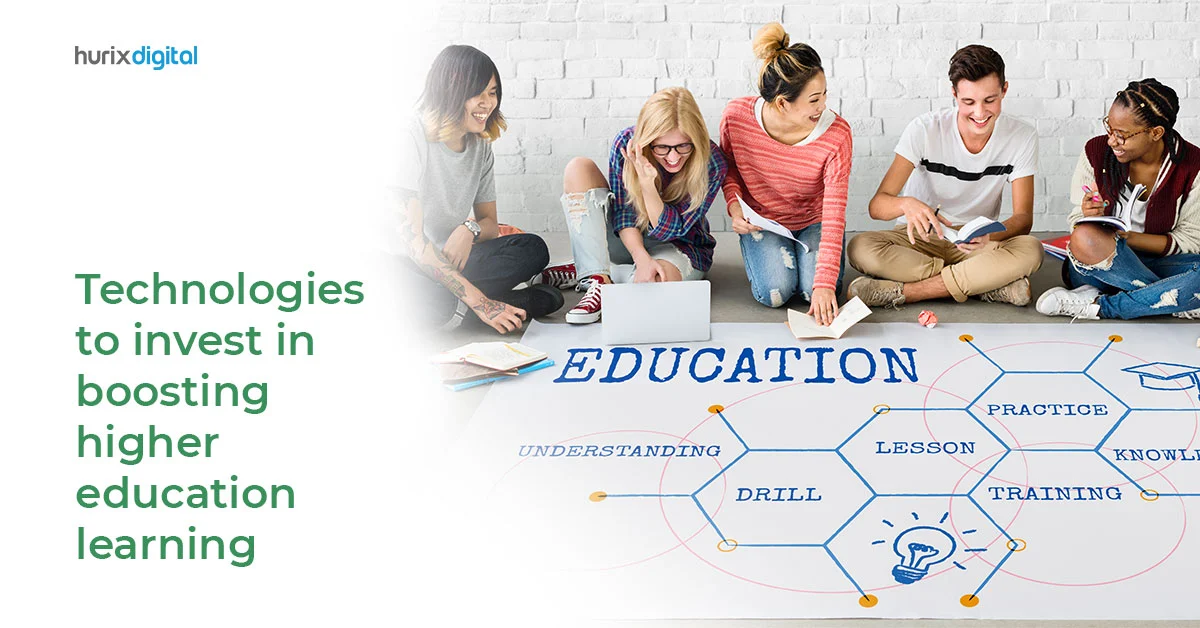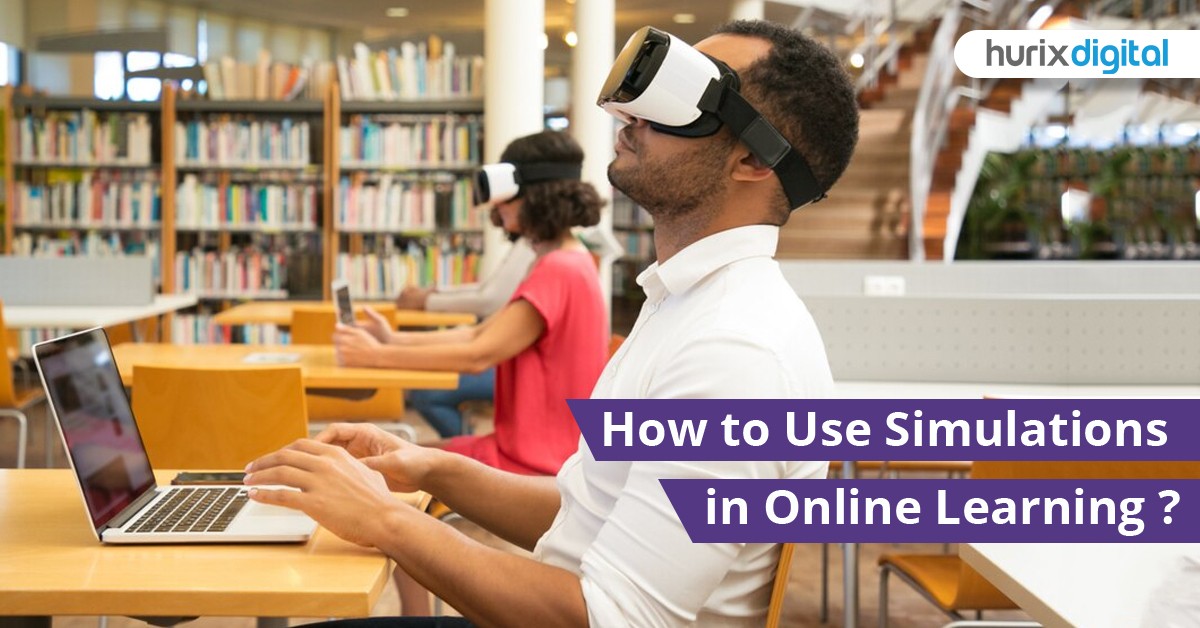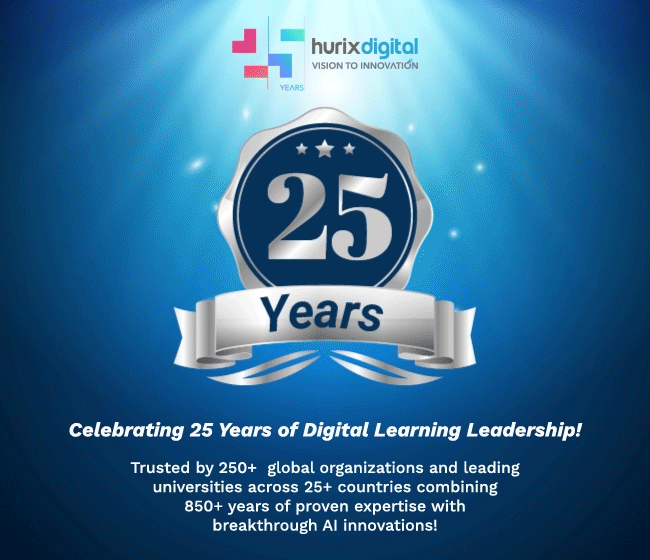
All You Need to Know About Switching from Traditional to Online Learning
Summarize this blog with your favorite AI:
Summarize with:
The emergence of the digital era has brought about a paradigm shift in the way modern education and training systems operate. Traditional formats of face-to-face, uni-dimensional learning are no longer effective tools for training. Instead, an ecosystem of simple, efficient, and contextualized learning processes has been created. With the primary aim to enhance flexibility, reduce costs and thus, develop a customized, convenient and self-paced learning environment.
This virtual learning architecture, which has streamlined information, improved access, and increased opportunities across the world, is known far and wide as – online learning.
Related Read: Is Online Education Better than Traditional Education?
Online learning, in simple words, is a specific type of learning which largely takes place over a variety of digital mediums. Rather than conducting classes in a physical setting, online learning focuses on providing knowledge through eBooks, videos, webinars, discussion forums, and live Q&A sessions.
Owing to its immense potential, almost 77% of organizations around the globe have started incorporating eLearning into their current training programs while the remaining plan to do so by the end of 2020.
Related Read: Investing in the Best Online Learning Platform for Education
Therefore, as an enterprise, if you intend to use online learning over more conventional methodologies.
Here are a few advantages that you will be able to accrue from switching over –
1. Greater Access
Online learning provides greater physical access, especially in terms of narrowing of geographical distances. Irrespective of where your employees are located, with eLearning at your disposal, you can easily provide all of them with the same digital course. Doing so will permit you to eliminate the need for proximity and yet, impart the same training, everywhere.
2. Reduced Costs
Unlike their traditional counterparts, eLearning techniques do not require a massive barrage of unscalable resources. You don’t have to incur a huge amount of expenditure in buying equipment, hiring instructors, renting classrooms, or printing course material. Instead, you can simply design an internet-based course, which carries greater quality and maximum value.
3. Personalized Delivery
Online learning, being sophisticated in origin and individualistic in extent, allows for training lessons to be delivered in a dynamic, transparent, and personalized manner. Lessons can be wrapped up within a single session, and specific areas that need attention can be focused on. Problems, issues, or doubts, if any, can also be immediately addressed.
Also Read: Best eLearning Solutions for Digital Natives
4. Quick Upskilling
The development of new technologies requires employees to upgrade their skills on a daily basis. If they opt for the traditional training mechanisms, it can cost them an arm and a leg! Online learning, on the other hand, enables employers to quickly upskill their employees (beginners & veterans alike) without enrolling them in a formal school.
5. Better Outcomes
With eLearning, getting feedback, tracing results, and measuring outcomes in an objective way becomes tremendously easy. You can quickly track the growth chart of each employee and follow their entire learning curve. This can equip you to make interventions and adjustments, as and when necessary, in order to improve productivity and augment performance.
Also Read: How Mobile Learning is Changing the Educational Landscape
And this is just the tip of the iceberg! Online learning also works wonders in facilitating understanding, enhancing pace, refining credentials, and reducing the carbon footprint of each organization.
The good news is that converting your enterprise from a traditional learning environment into an online learning environment is not a challenging task. You are merely expected to make a few simple changes, and, as an organizational beneficiary, you are good to go.
This migration process, which is presently being undertaken by almost 98% of companies in the world, essentially requires:
1. Choosing a Format
The first thing you need to do while beginning your digital conversion journey is to identify and choose an appropriate eLearning format. In this regard, you can either go for –
- Synchronous learning– real-time, instructor-led & participatory
- Asynchronous learning– learner-controlled, flexible & self-paced
- Blended learning– an amalgamation of both, synchronous & asynchronous formats
Depending on which training style suits your work culture, you can select either one of the aforementioned formats and build your online course around it.
Related Read: Reflowable or Fixed Layout – Which is the Best Layout for your eBook
2. Examining Instructional Design
Once this is done, the next step is to research, examine, and pick a viable instructional design. The design you choose must make sure that the learning process it encompasses is safe, systematic, efficient, and expeditious. If you are a beginner, go for simple design models that include audio/video resources paired with live teaching & PowerPoint presentations. Start small and gradually build up your digital courses.
3. Organizing Content
The key to migrating from traditional learning aspects to focused online learning is – organizing and managing course content appropriately. Chalk out a detailed schedule with clear learning objectives and divide it into smaller, digestible bits. Ensure that the content contains well-researched data, graphics, and statistics. Use animation/videos to put across a point. Update the content regularly to maintain progression and relevance.
4. Conducting Proper Interactions
Each course module in your eLearning attempts must include detailed, direct, and transparent interactions. This is because communication, when routed through proper channels, can help facilitate greater understanding. Try to streamline your interactions on three essential fronts –
- Mentor – Learner interactions
- Learner – Content interactions
- Learner – Learner interactions
Micro-managing interactions on these three fronts won’t just make your learning module more communicative, but it would also make your learning outcomes more remarkable.
5. Evaluating Feedback
Last but not the least, build a facility for obtaining instant feedback within your online learning design. This facility should cater to the needs of both instructors and learners. Evaluate the feedback received on a routine basis and make changes in accordance with it. Doing so will help you smoothen your learning migration process without inviting any needless hassle.
Suggested Reads:
- eLearning Trends 2021 post covid19
- Digital Solutions for Universities and Higher Education Institutions
- 9 Reasons for the Growth of eLearning in Education
- Why Should Colleges and Universities Develop eLearning Programs?
 We’re live! Explore the all-new
We’re live! Explore the all-new 





